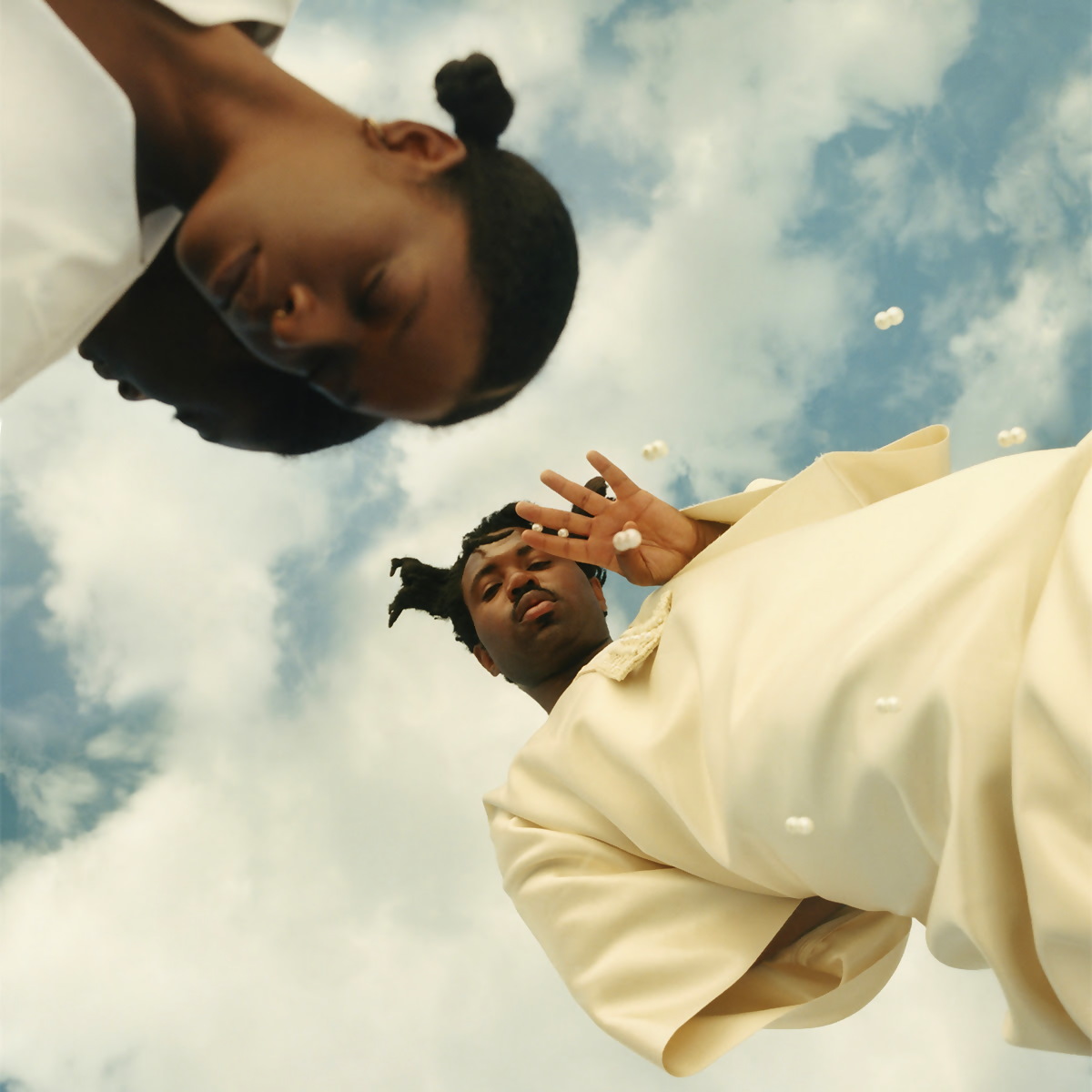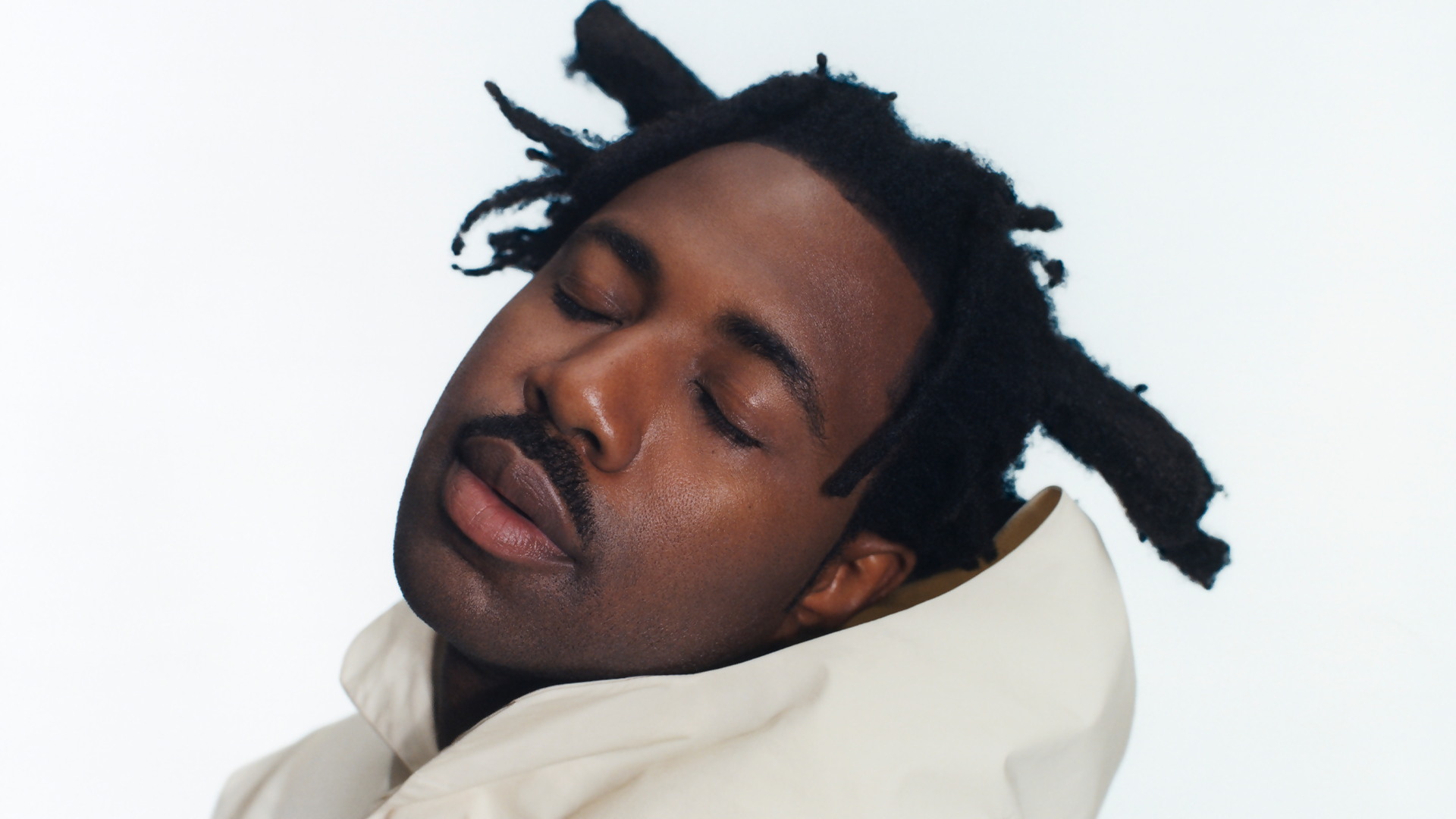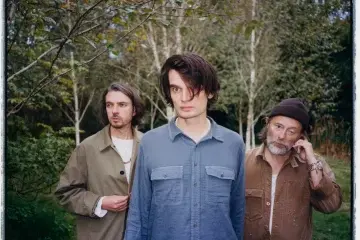★★★★★
Six years on from his Mercury-prize winning debut masterpiece Process, Sampha is back with yet another work of art. His sophomore album, Lahai, stands tall as its own hand-built universe, filled with imagery of clocks, birds and spaceships, as Sampha seeks out the meaning of life.
The South London born and raised singer has snowballed in the music world over the past decade, gaining recognition from his own immaculate discography, alongside an array of collaborations with the likes of Kanye West, Kendrick Lamar, Solange, Drake and SBTRKT.
His music often delves into the raw emotions of love and loss. Lahai approaches these with an honest voice on what it means to be human, as declared on ‘Only’, where the singer firmly sets his intention to “take a mic, press record and speak the truth only”.
The album’s opener ‘Stereo Colour Cloud (Shaman’s Dream)’ testifies to this. The song unfolds with celestial, twinkling piano keys and hitting beats, beneath lyrics which navigate through the depths of space and time. The chorus brings these endeavours back to earth, posing the principal questions of “Who do you care about? Who’s there when you’re down?”.

Artwork: Durimel
These questions are answered in the following track ‘Spirit 2.0’, which offers its listener a sonic hug of reassurance. The atmospheric, pulsing instrumentals create the illusion of falling, as Sampha sings, with assured confidence that light, love, faith, friends and of course, spirit, are always there to catch us when we fall.
On ‘Spirit 2.0’ in his efforts to “catch the clouds”, Sampha cites ‘Jonathan Livingston Seagull’, Richard Bach’s 1970 fable about a seagull who is trying to learn about flying, reflection, freedom and self-discovery. The album’s sixth track ‘Jonathan L Seagull’ goes in even deeper to this reference, as the song accepts the differences between himself and a loved one “even though we’ve been through the same, doesn’t always mean we feel the same”. As the song flourishes with Sampha’s soaring falsetto, alongside building, jazzy bass guitars, it smoothly retracts once again, closing off with a child-like, choral recitation of “How high can a bird ever fly?”.
The bird’s-eye view frames much of Lahai. On ‘Dancing Circles’, Sampha reminisces on the pasts and presents of a relationship: “We were two, birds flying away from each other, looking for each other” is repeated with the final part altered to “looking to recover” over panicked piano chords and a synthetic chorus that yearns to return to closeness again through “dancing”. ‘Suspended’ serves as a part two, carrying the same anxiety as the previous track whilst reminiscing on the memories of a once-was healthy and happy relationship.
Through the poetic imagery of the project, Lahai serves as a therapy session, both drowning in the intensity of the emotions it explores, whilst simultaneously drying itself off.
‘Inclination Compass’ takes the Try a Little Tenderness approach to the present sourness in his relationship, as Sampha pleads “let’s fly towards the source again, let’s switch from cold to warm again” over minimal, subdued instrumentals to allow himself to be heard. ‘What If You Hypnotise Me’ imagines a world where someone else can make the anxieties and the “what ifs” in his brain shut off and “fly away for a minute”. As Sampha draws aways, Léa Sen gorgeously sings the track to its close, over ECG monitor-like murmurs.
View this post on Instagram
Sampha’s debut album Process saw the singer deal with grief, after the loss of his mother.
Lahai reaches a state of both acknowledgment and acceptance in the passing of time. Sampha credits the presence of his first child, born in 2020, for this healing, on ‘Satellite Business’, “Through the eyes of my child, I can see an inner-vision”, and on ‘Can’t Go Back’, “Lord knows my daughter here, she’s heaven sent”.
With the album’s name Lahai being both Sampha’s middle name and his paternal grandfathers first name, genealogy is evidently at the core of Sampha’s grounding. The project’s closing track ‘Rose Tint’, evokes this beautiful sentiment, with a utopian family reunion, gathering everyone together for a family photo – “Everybody gather round, gonna take this picture now… Everybody in one house”.
In 14 bursting tracks, Lahai cohesively scopes every emotion that goes into the messiness of human existence. Sampha communicates his awe for life, accepting the shadows cast through anxiety and grief, but relentlessly moving forward through nature, time and space to reach, as he terms it, “beyond-ness”.





